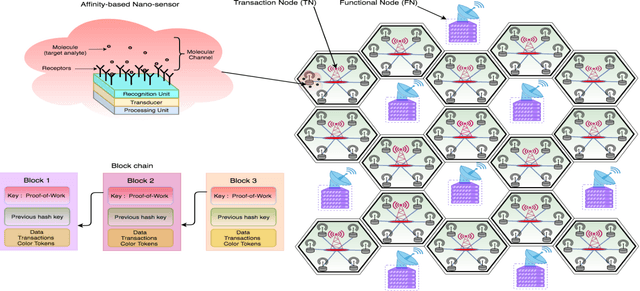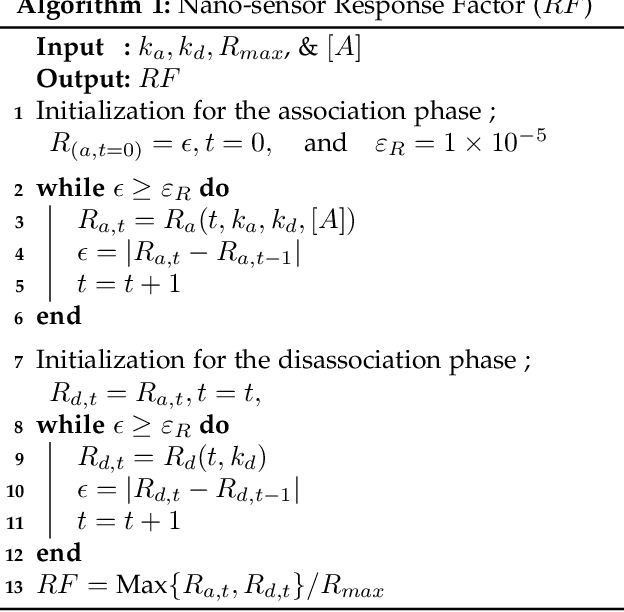Dixon Vimalajeewa
A Method for Detecting Murmurous Heart Sounds based on Self-similar Properties
May 28, 2023Abstract:A heart murmur is an atypical sound produced by the flow of blood through the heart. It can be a sign of a serious heart condition, so detecting heart murmurs is critical for identifying and managing cardiovascular diseases. However, current methods for identifying murmurous heart sounds do not fully utilize the valuable insights that can be gained by exploring intrinsic properties of heart sound signals. To address this issue, this study proposes a new discriminatory set of multiscale features based on the self-similarity and complexity properties of heart sounds, as derived in the wavelet domain. Self-similarity is characterized by assessing fractal behaviors, while complexity is explored by calculating wavelet entropy. We evaluated the diagnostic performance of these proposed features for detecting murmurs using a set of standard classifiers. When applied to a publicly available heart sound dataset, our proposed wavelet-based multiscale features achieved comparable performance to existing methods with fewer features. This suggests that self-similarity and complexity properties in heart sounds could be potential biomarkers for improving the accuracy of murmur detection.
Early Detection of Ovarian Cancer by Wavelet Analysis of Protein Mass Spectra
Jul 14, 2022



Abstract:Accurate and efficient detection of ovarian cancer at early stages is critical to ensure proper treatments for patients. Among the first-line modalities investigated in studies of early diagnosis are features distilled from protein mass spectra. This method, however, considers only a specific subset of spectral responses and ignores the interplay among protein expression levels, which can also contain diagnostic information. We propose a new modality that automatically searches protein mass spectra for discriminatory features by considering the self-similar nature of the spectra. Self-similarity is assessed by taking a wavelet decomposition of protein mass spectra and estimating the rate of level-wise decay in the energies of the resulting wavelet coefficients. Level-wise energies are estimated in a robust manner using distance variance, and rates are estimated locally via a rolling window approach. This results in a collection of rates that can be used to characterize the interplay among proteins, which can be indicative of cancer presence. Discriminatory descriptors are then selected from these evolutionary rates and used as classifying features. The proposed wavelet-based features are used in conjunction with features proposed in the existing literature for early stage diagnosis of ovarian cancer using two datasets published by the American National Cancer Institute. Including the wavelet-based features from the new modality results in improvements in diagnostic performance for early-stage ovarian cancer detection. This demonstrates the ability of the proposed modality to characterize new ovarian cancer diagnostic information.
Block Chain and Internet of Nano-Things for Optimizing Chemical Sensing in Smart Farming
Oct 05, 2020



Abstract:The use of Internet of Things (IoT) with the Internet of Nano Things (IoNT) can further expand decision making systems (DMS) to improve reliability as it provides a new spectrum of more granular level data to make decisions. However, growing concerns such as data security, transparency and processing capability challenge their use in real-world applications. DMS integrated with Block Chain (BC) technology can contribute immensely to overcome such challenges. The use of IoNT and IoT along with BC for making DMS has not yet been investigated. This study proposes a BC-powered IoNT (BC-IoNT) system for sensing chemicals level in the context of farm management. This is a critical application for smart farming, which aims to improve sustainable farm practices through controlled delivery of chemicals. BC-IoNT system includes a novel machine learning model formed by using the Langmuir molecular binding model and the Bayesian theory, and is used as a smart contract for sensing the level of the chemicals. A credit model is used to quantify the traceability and credibility of farms to determine if they are compliant with the chemical standards. The accuracy of detecting the chemicals of the distributed BC-IoNT approach was >90% and the centralized approach was <80%. Also, the efficiency of sensing the level of chemicals depends on the sampling frequency and variability in chemical level among farms.
 Add to Chrome
Add to Chrome Add to Firefox
Add to Firefox Add to Edge
Add to Edge